When I was a young child, we lived on a farm in eastern South Dakota. My Dad milked cows along with raising pigs, sheep, and chickens. After their morning milking, the cows were let out to the pasture to graze their way through the day until the next milking. This daily ritual made its mark in the pasture. A network of cow paths crisscrossed the green grass as these creatures of habit made their grazing rounds. We used to walk to the neighbor’s place through the pasture–and the best way to get there was to follow the cow path. Except for the occasional fresh cow pie to skirt around, it was the path of least resistance.
Snow fell the night of Thanksgiving. By morning, the animal activity of the night was evident by the tracks and paths in the fresh snow. Birds visiting the feeders left their marks as they hopped in search of fallen seeds.
Squirrel tracks were everywhere! We seem to have quite a population this winter.
I wonder what made this squirrel take a quick U-turn. Perhaps the appearance of a big black dog?
The most popular place for the squirrels is the backyard bird feeder.
They make their way from the woods to the feeder, and then when alarmed, they run out the back of the mailbox, jump down to the ground, and make a beeline for the maple tree. They have made a squirrel path in the snow!
Another set of tracks that crosses the yard is made by the red fox. She trots with a purpose, going from one end of the yard to the other on her hunting treks.
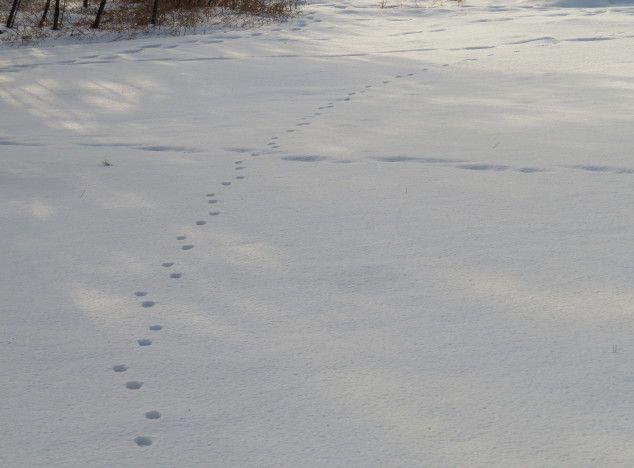 Her paws are much smaller than our Black Lab’s. I put my footprint beside each track to show the size difference.
Her paws are much smaller than our Black Lab’s. I put my footprint beside each track to show the size difference.
Fresh fallen snow highlights the activity that takes place day and night around our home. It’s a vivid indicator of how we coexist with all the creatures around us.
Tracks and paths–we all make them! From the tiny mice to the squirrels to the Holstein cows to college students across campuses, we are creatures of habit that tend to take the path of least resistance. Sometimes our tracks cannot be seen, and we may wonder where we’ve been, if we’ve been seen, and whether our trekking has even made a difference. Other times, our steps are noticed as we beeline or U-turn our way through life. We may make our own path or follow one that is already well-worn. What path are you on today?
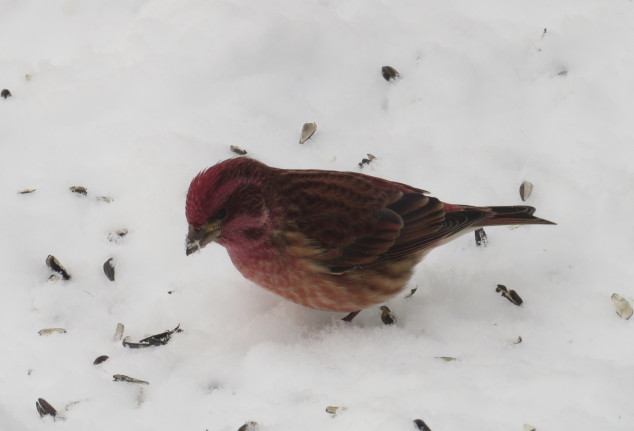
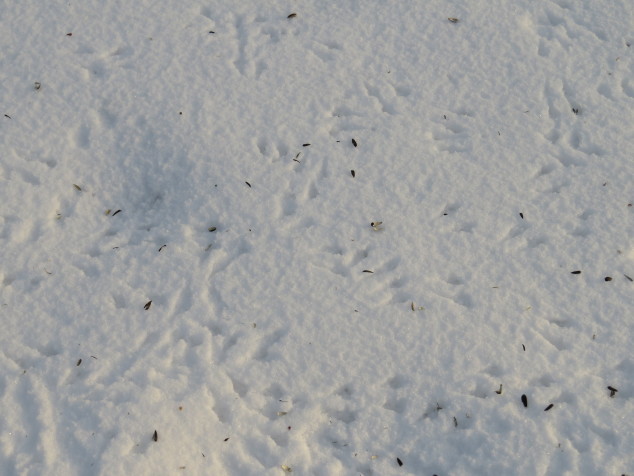
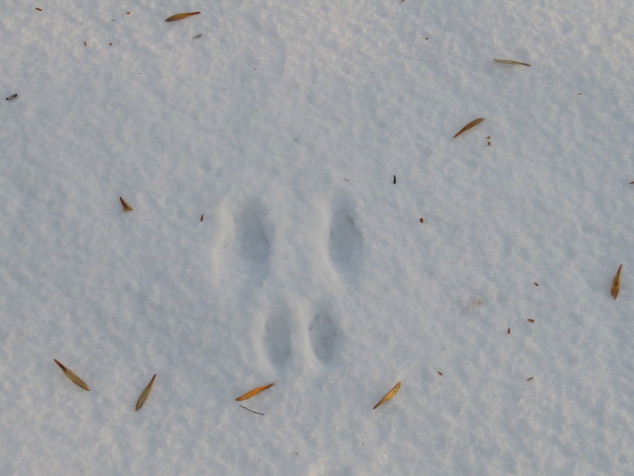
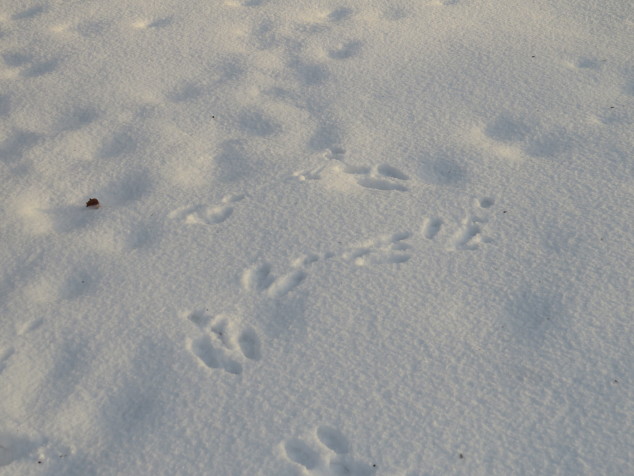
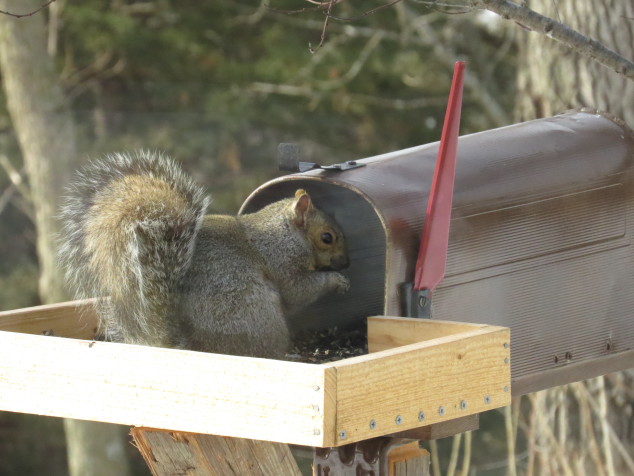

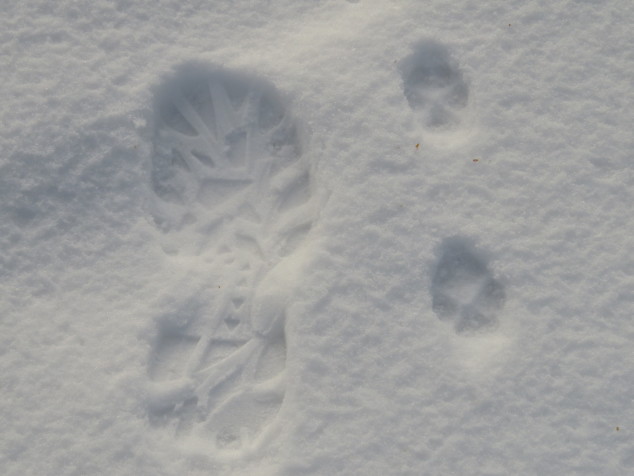
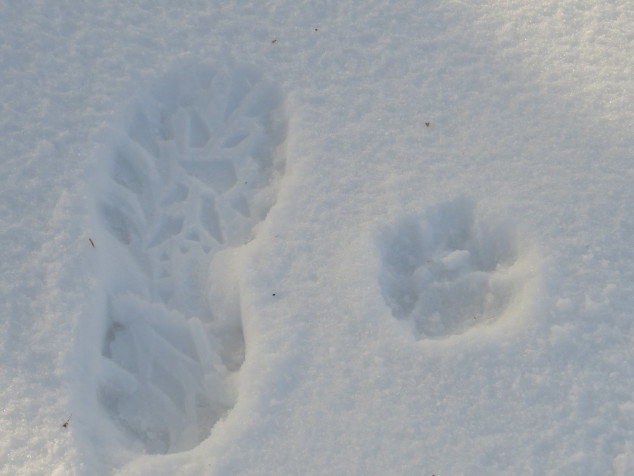
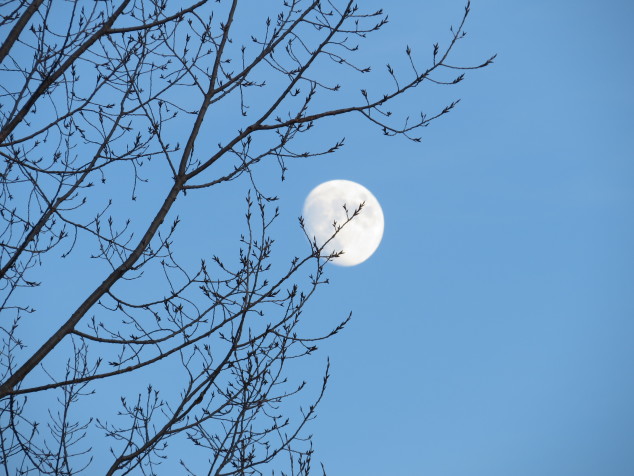
Leave a Reply